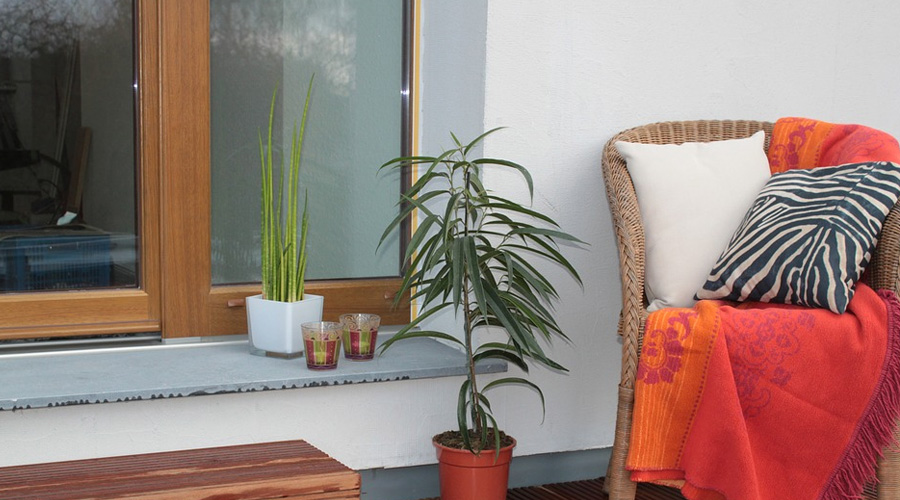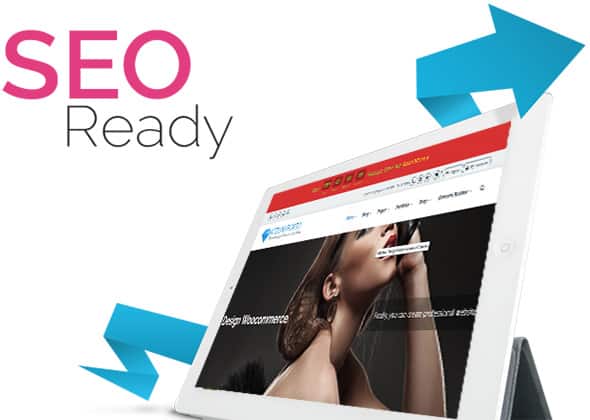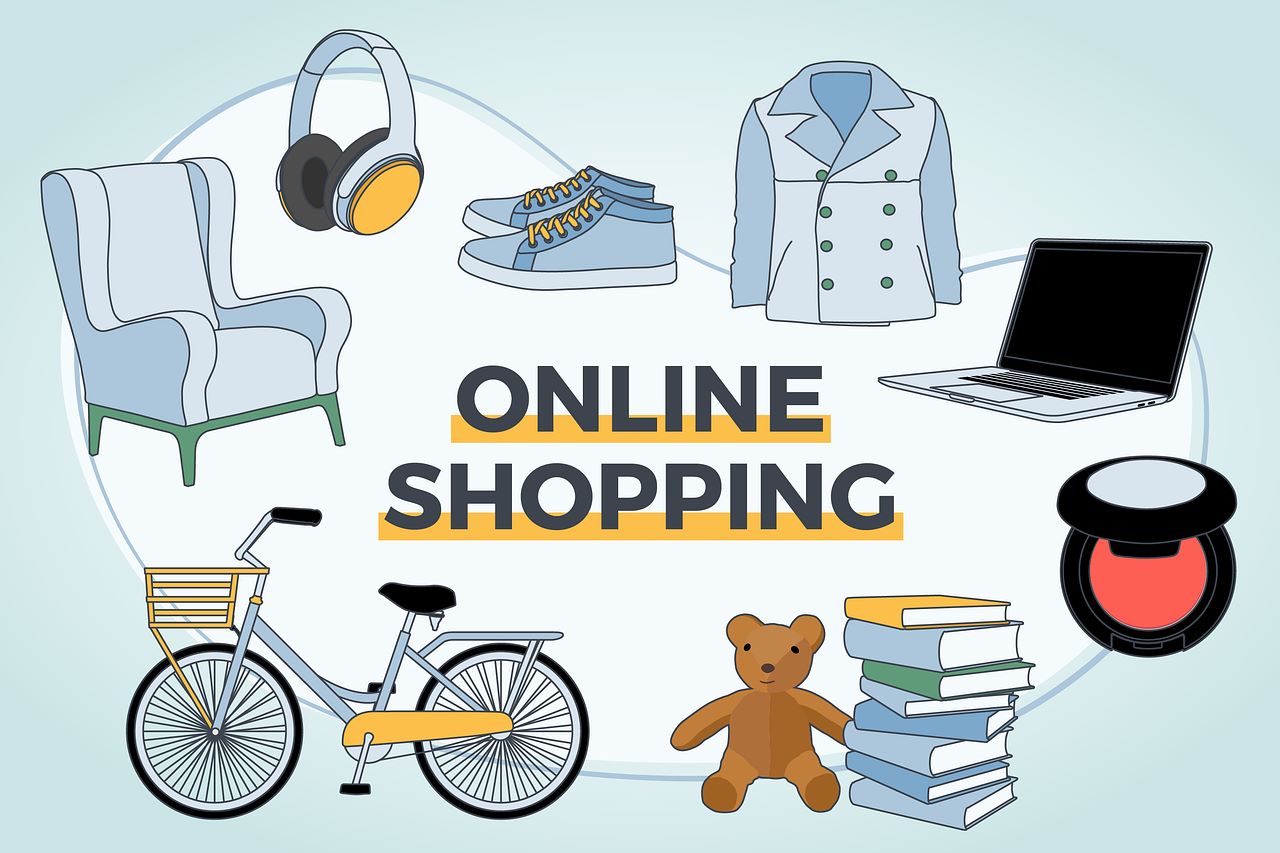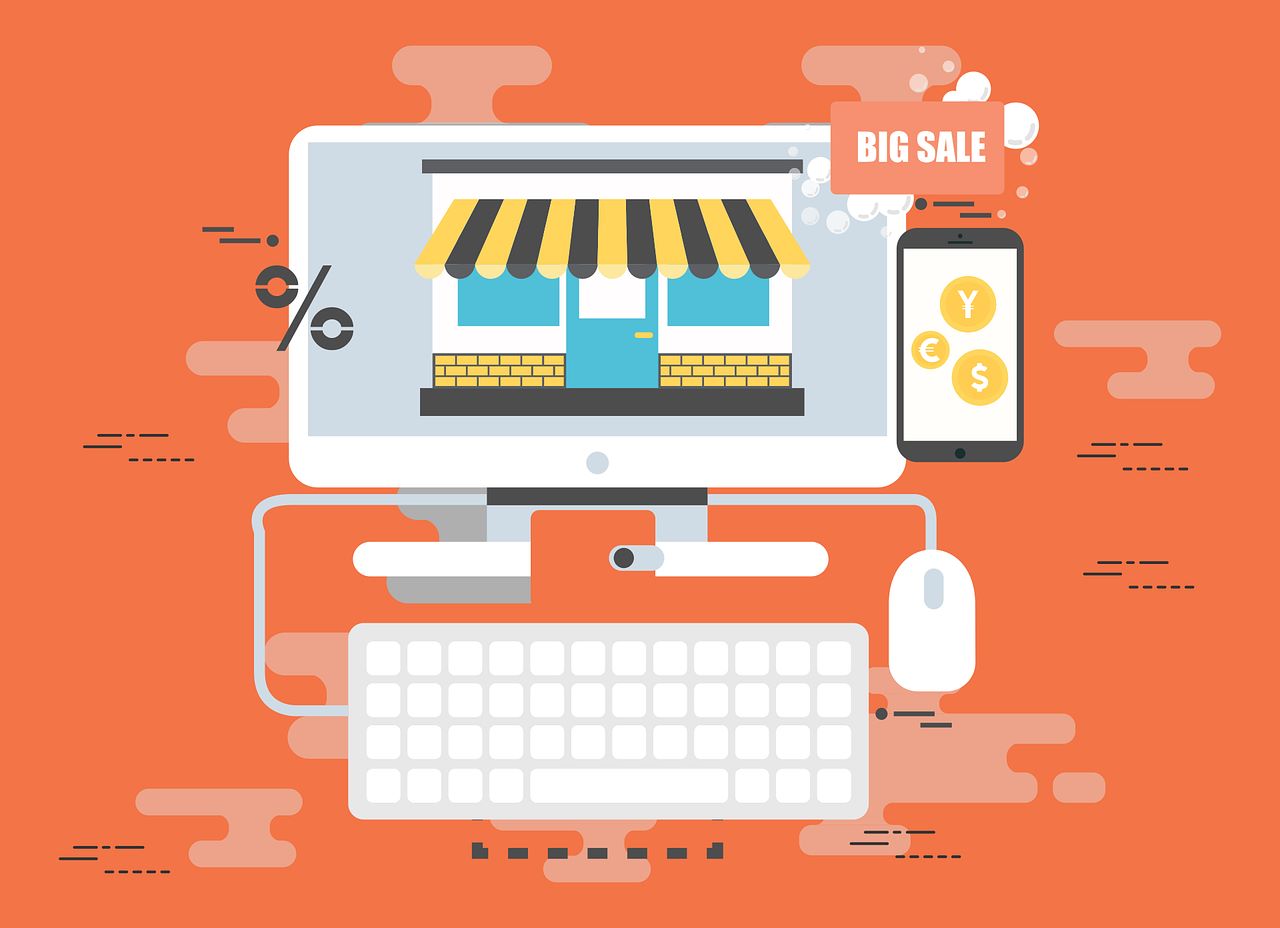Online Visual Merchandising: Insider Tips, Game-Changing Ideas, and High-Level Insights to Boost Your eCommerce Performance
In today’s fast-paced eCommerce world, first impressions are everything.
Online visual merchandising is no longer just about organizing product photos—it’s a strategic tool to guide shopper behavior, elevate brand perception, and increase conversions.
Whether you’re running a growing Shopify store or managing a large-scale digital marketplace, mastering the art of visual merchandising can be the game-changer you’ve been waiting for.
This blog post reveals insider tips, innovative strategies, and high-level insights to help you refine your online visual merchandising and stay ahead of the competition.
The Foundation: What Is Online Visual Merchandising?
At its core, online visual merchandising is the digital equivalent of a physical store layout.
It’s how products are presented visually to guide customers toward purchasing decisions.
Think homepage banners, product grid layouts, category thumbnails, product filters, color themes, and even the use of whitespace.
The better the execution, the more likely a visitor turns into a paying customer.
Insider Tip #1: Start with Customer Intent, Not Design Trends
One of the most common mistakes businesses make is designing their site based on aesthetics alone.
While modern visuals are important, they should be rooted in customer behavior.
Use analytics to understand:
-
What users click first
-
Where they scroll
-
What filters they use most
-
Which products they abandon frequently
Use this data to organize products according to real user behavior, not just visual hierarchy.
This ensures your visual merchandising decisions actively support the path to purchase.
Insider Tip #2: Use Visual Storytelling, Not Just Product Display
Your website should tell a story, not just display inventory. Brands that do this well guide customers through a curated journey.
Use these elements to build compelling narratives:
-
Lifestyle imagery that shows products in use
-
Shoppable lookbooks or interactive collections
-
Seasonal themes that tie collections together
For instance, a fashion retailer might organize products around themes like “Coastal Summer,” complete with editorial-style images and curated sets, rather than listing items by category alone.
Game-Changing Idea: Real-Time Merchandising with Dynamic Data
Want to really stand out? Tap into dynamic visual merchandising—automated product displays based on real-time data such as:
-
Browsing behavior
-
Inventory levels
-
Geographic trends
-
Purchase history
Platforms like Dynamic Yield and Adobe Target allow retailers to present personalized visuals and product selections to different customer segments.
This not only boosts engagement but also drastically improves relevance and conversion rates.
Example: A repeat customer in New York might see cold-weather gear on the homepage, while a new user from California sees summer apparel.
High-Level Insight: Optimize the “Zero Moment of Truth”
The “Zero Moment of Truth” (ZMOT) refers to the very first moment a shopper engages with your brand online.
Your visual merchandising at this stage can make or break the experience.
High-level tactics to win this moment:
-
Ensure fast-loading images optimized for mobile
-
Use hero banners that speak directly to seasonal needs or trending categories
-
Incorporate predictive search with visually-rich dropdown suggestions
The key here is immediacy and clarity.
Your homepage, category pages, and even your site’s search bar need to be visually intuitive and emotionally persuasive within the first 5 seconds.
Insider Tip #3: Reinvent the Category Page
Don’t treat category pages as afterthoughts. These are crucial decision-making zones for customers. Apply visual techniques that boost clarity and desirability:
-
Use hover-over effects to show alternate product angles
-
Highlight best-sellers and user reviews visually
-
Add quick-view options to speed up browsing
Bonus: Incorporate trust signals like “Top-Rated” badges or “Staff Pick” tags for social proof directly on thumbnails.
Game-Changing Idea: Use Video as Visual Merchandising
Video is one of the most powerful yet underused tools in visual merchandising. Incorporate short-form videos on:
-
Product pages (for 360° views)
-
Homepage features (for launches or brand stories)
-
Collection pages (for stylized mood videos)
Videos not only humanize your brand but also help convey quality, movement, and use-case in ways static images can’t.
High-Level Insight: A/B Test Visual Elements, Not Just Copy
While many marketers A/B test headlines or button colors, fewer test visual merchandising elements. Try experimenting with:
-
Different product grid layouts (3-column vs. 4-column)
-
Image styles (white background vs. lifestyle)
-
Visual filters (color swatches vs. dropdown menus)
Tools like Optimizely or Google Optimize allow you to test these changes without massive overhauls.
The data will reveal what layout or image style converts best for your audience.
Insider Tip #4: Lean into Psychological Design Principles
Visual merchandising is as much about psychology as it is about aesthetics. Apply concepts like:
-
The Rule of Thirds for image placements
-
Visual anchoring to draw attention to high-value items
-
Contrast and spacing to guide user flow
Example: Placing a high-ticket item next to a slightly lower-priced alternative can create a perception of value, subtly nudging buyers toward the mid-tier option.
Final Game-Changer: Don’t Forget Post-Purchase Merchandising
Visual merchandising doesn’t end after checkout. Create branded confirmation pages and thank-you emails that:
-
Suggest complementary products
-
Highlight loyalty programs
-
Use compelling imagery to reinforce brand identity
This not only elevates the customer experience but encourages repeat purchases and enhances your retention strategy.
Ready to Elevate Your Online Store?
Online visual merchandising is no longer optional—it’s a strategic necessity.
By applying these insider tips, game-changing ideas, and high-level insights, you’ll create a digital storefront that not only looks amazing but drives real results.
Invest in understanding your audience, stay agile with your visual tools, and constantly optimize based on real behavior.
Your visuals should not only sell your products—they should sell your brand.
Let your store become the kind of digital destination people don’t just browse, but remember.

















